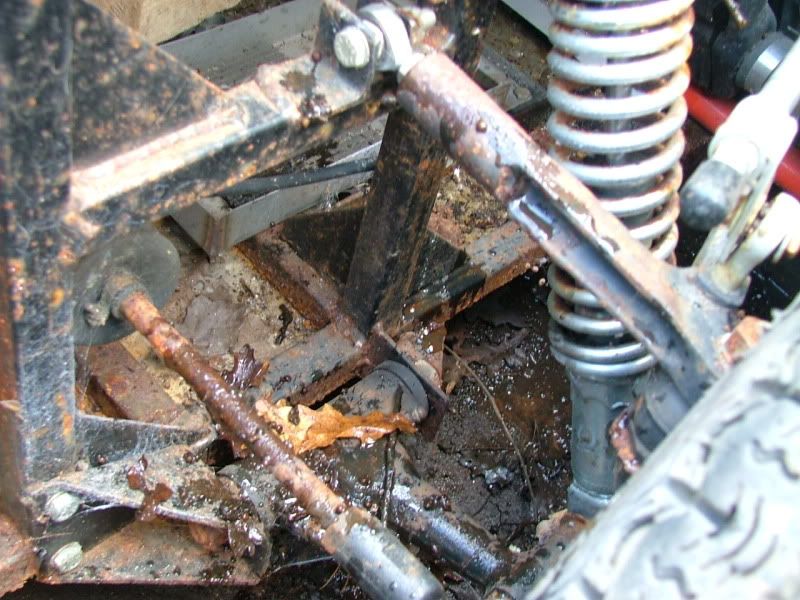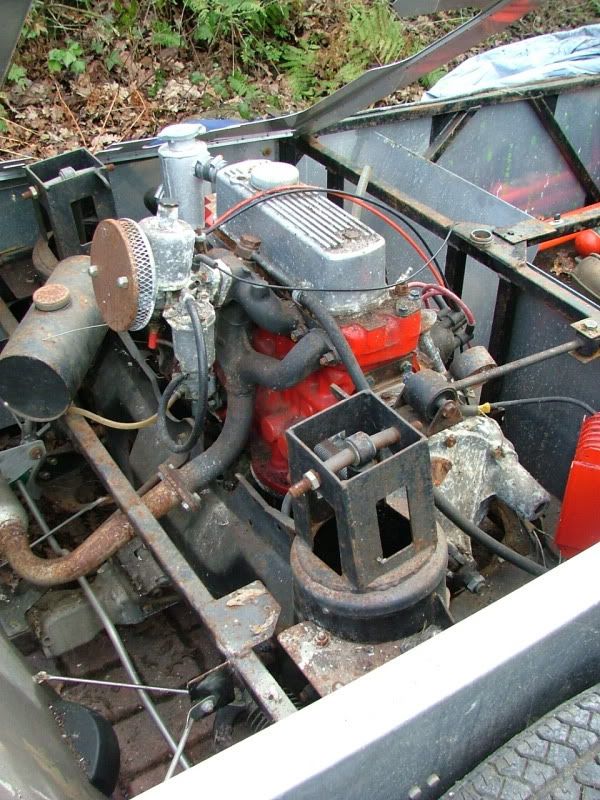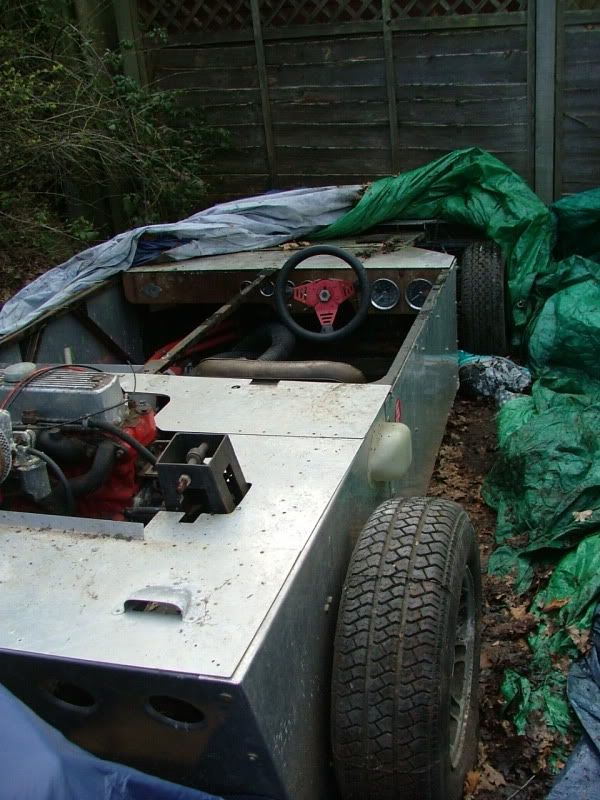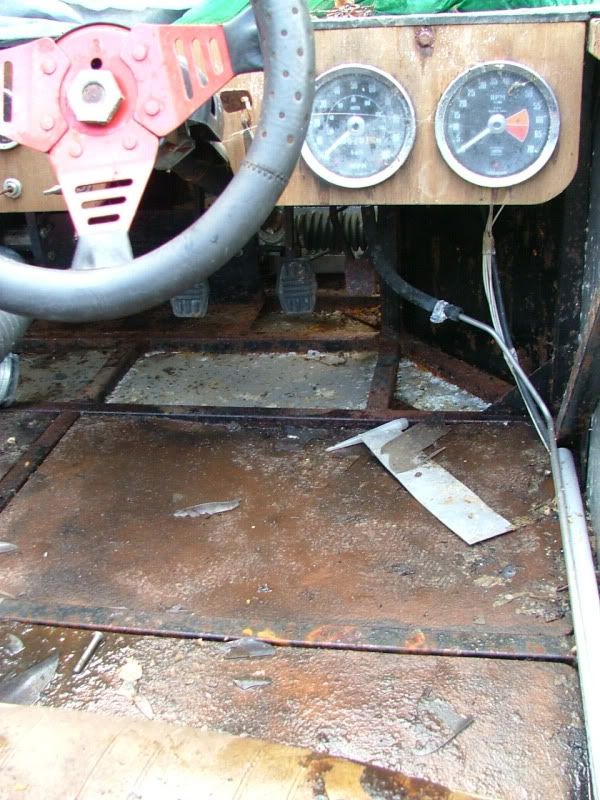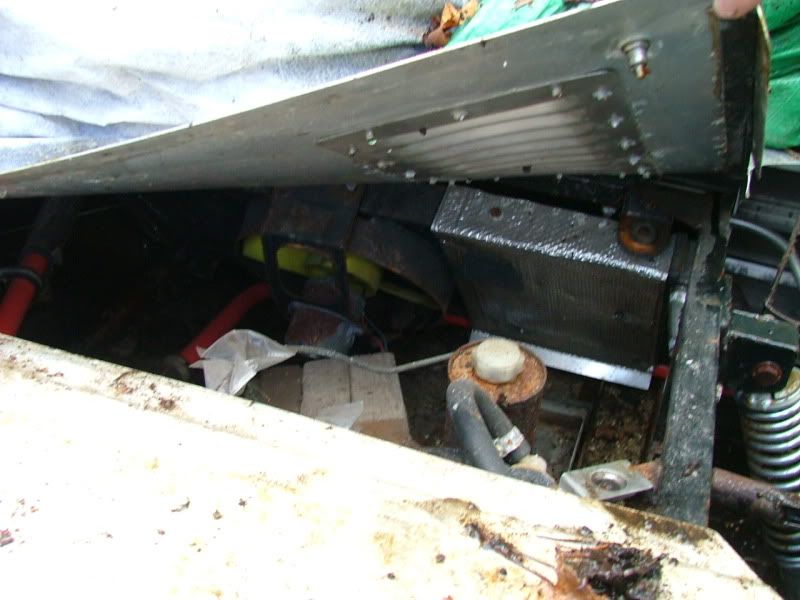I will start a project thread once things are underway.
I need to find a book on suspension maths, that is the main issue I'm going to have at the moment.
This pretty much is just an oversized go-cart
I need to find a book on suspension maths, that is the main issue I'm going to have at the moment.
i think 400kg seems more likely. The atom weighs 450kg in base spec, so not sure how you can make a 150kg weight saving on that unless your building a slightly oversized go kart !
This pretty much is just an oversized go-cart



 nice light engine revvvvvvssssssssss well to
nice light engine revvvvvvssssssssss well to 


